Race of the century: who will win Le Mans in 2023?
With the Le Mans 24 Hours just weeks away, Gary Watkins studies the Hypercar form from the early rounds of WEC and IMSA to see if any teams are strong enough to challenge Toyota
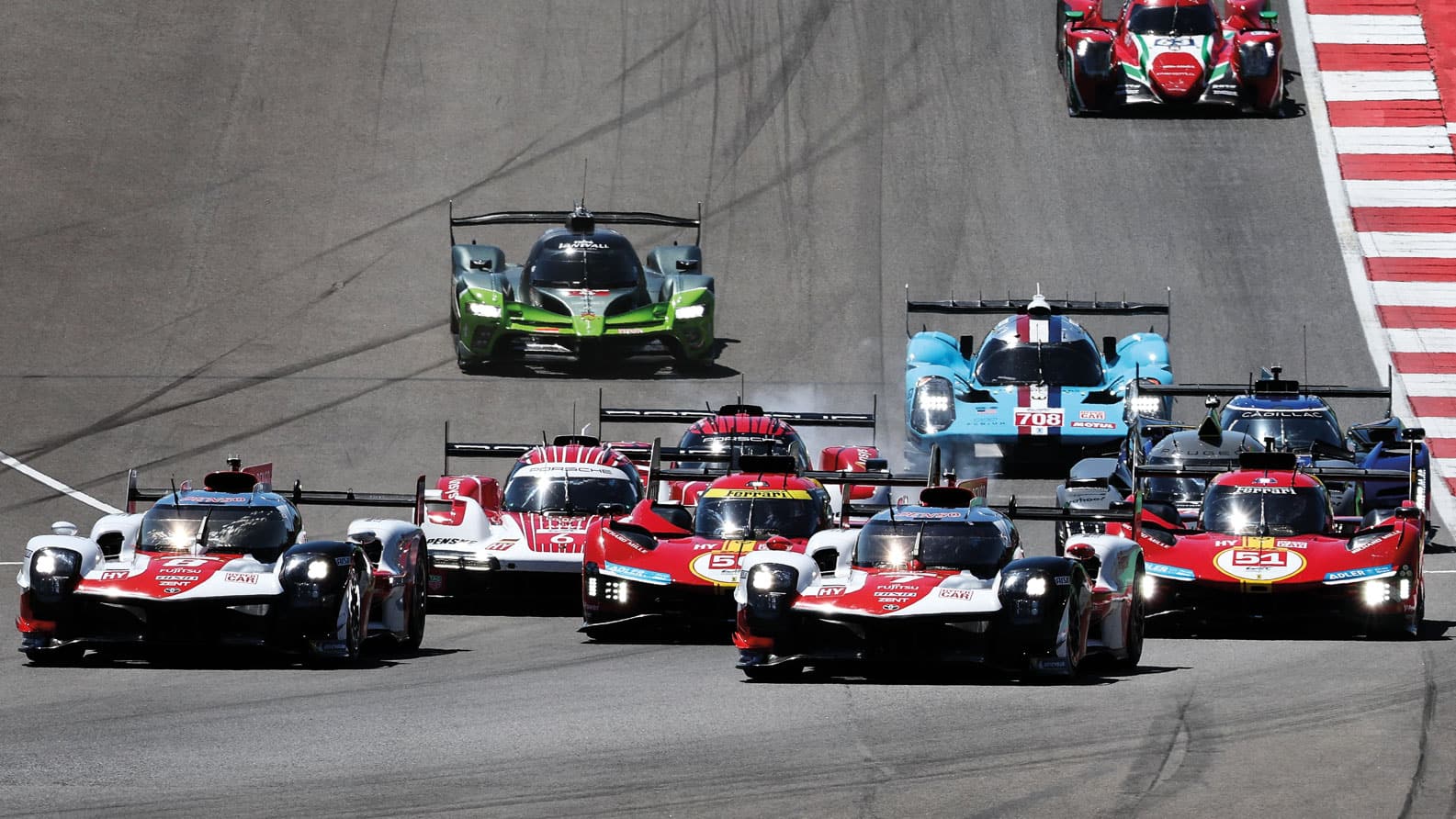
Getty Images
If Toyota wasn’t already favourite to make it six Le Mans 24 Hours victories in a row in June, it was after the first two rounds of the 2023 World Endurance Championship. The Japanese manufacturer may be up against a level of opposition far beyond what it faced on the way to wins number one to five, but on the evidence of Sebring and Algarve it’s way out ahead. It trounced its rivals both times.
The two-lap margin of victory over eight hours at Sebring and the one lap over six at Portimão suggested that its factory rivals, Ferrari, Porsche, Peugeot and Cadillac, have a mountain to climb to get on terms before the centenary running of the double-points Le Mans WEC round on June 10-11. While there could be no surprise that Toyota’s GR010 Hybrid Le Mans Hypercar was in the ascendancy, should it have come as a shock that it is so far ahead?
“Should it have come as a shock that Toyota’s Hypercar is so far ahead?”
Perhaps not if you look at how the Balance of Performance – the means by which the playing field is levelled in the WEC – works now. A new-for-2023 system is based not on lap time but on simulation — more than 500,000 have been run, say rule makers the FIA and the Automobile Club de l’Ouest. The aim is to balance the potential of all the cars, the four-wheel-drive Toyota, Ferrari and Peugeot LMHs with the rear-drive Cadillac and Porsche LMDhs as well as the non-hybrid machinery from garagistes Glickenhaus and Vanwall.
The system is based on the premise that the FIA and the ACO now know what each car is capable of rather than just the performance it shows on the track. Central to the reasoning for the change was a desire to avoid a manufacturer sandbagging in the early season races to get a favourable BoP for the big one in June. The scope for revisions to the BoP from the beginning of the season until after Le Mans is also limited now. Only the balance between the LMHs and the LMDhs — the so-called platform BoP – could be changed, with that move only being possible ahead of the final pre- Le Mans WEC round at Spa on 29 April.
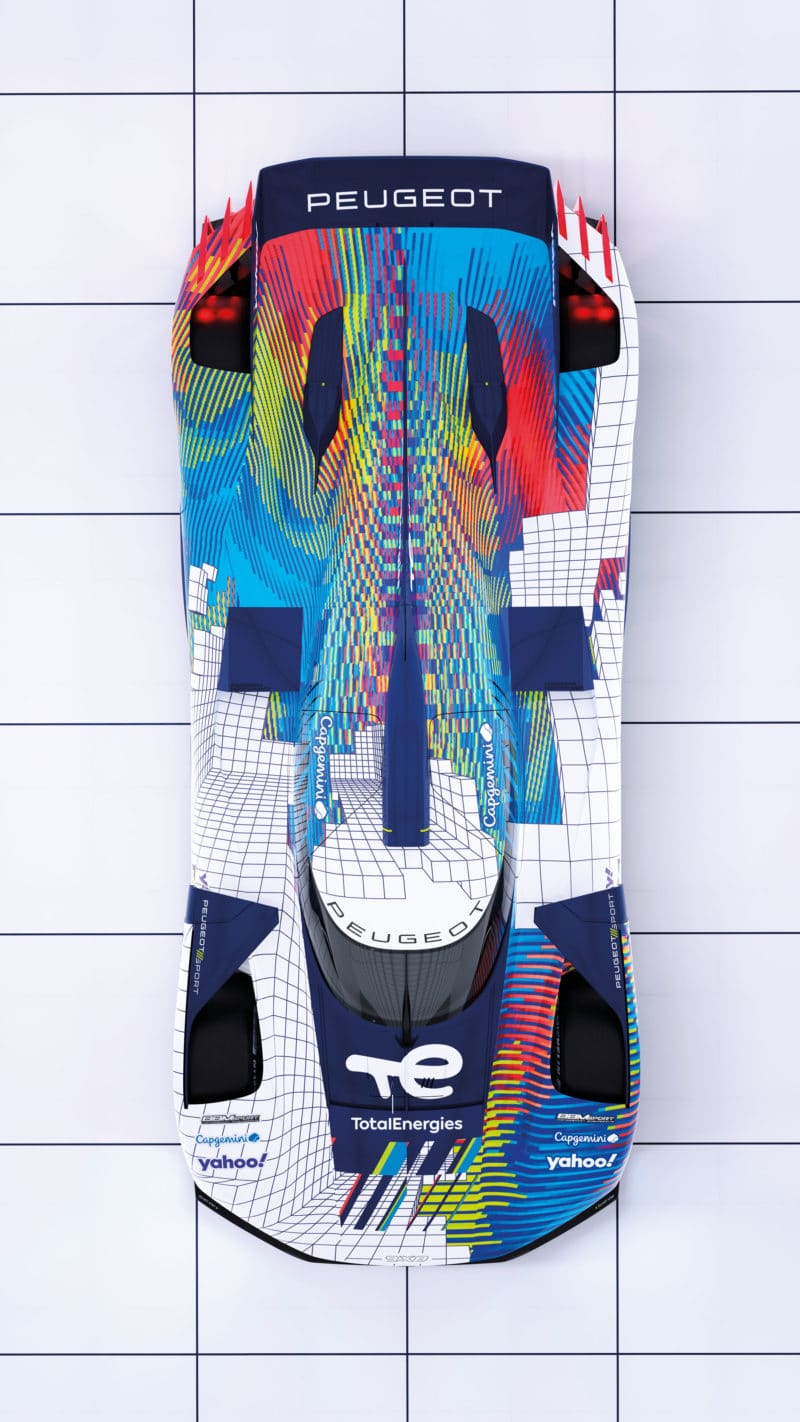
Pictured in special Le Mans livery found its feet
Peugeot
Toyota has a proven product in the GR010 introduced in 2021. It is now in its third season and has undergone two significant evolutions, so it stands to reason that the well-oiled Toyota Gazoo Racing squad will be closest to exploiting the full potential of its Le Mans contender.
Ferrari, Porsche et al understand that they are on a steep learning curve with complicated hybrid machinery and that it should never have been expected of them to come in and beat the reigning king of WEC straight off the bat.
“We just need to improve ourselves,” said Ferrari sports car race and testing manager Giuliano Salvi after the Italian marque’s 499P proved best of the rest for a second time this season at Algarve. “We know there is quite a lot of potential in the car that we haven’t unlocked yet. We also know Toyota has been here for 10 years [in the WEC’s top class]; we are not at their level.”
Ferrari admitted that it was experimenting on set-up during the races. At Sebring it had a car in the 499P that was fast over one lap – witness Antonio Fuoco’s shock pole — but didn’t look after its Michelin tyres over a stint or a double in the race. A change of tack for Algarve, where it ended up nearly 1.5sec off the pace in qualifying, was probably a step too far in the other direction, conceded Salvi.
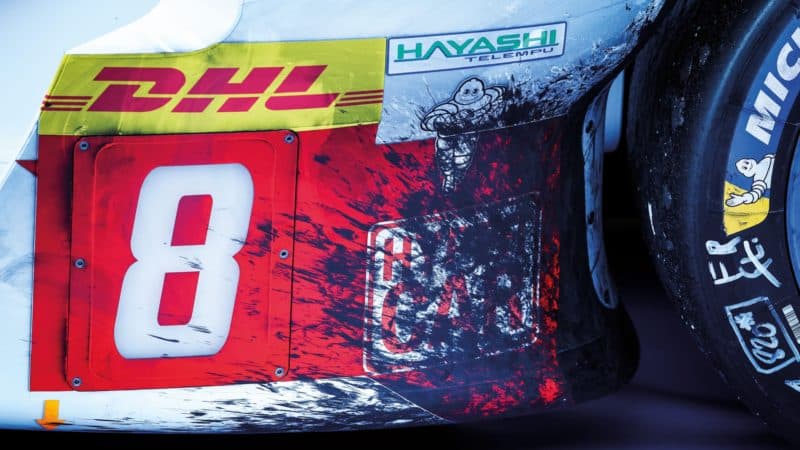
Six hours of dirt on the winning Toyota GR010 Hybrid at Portimão – where Peugeot.
Getty Images
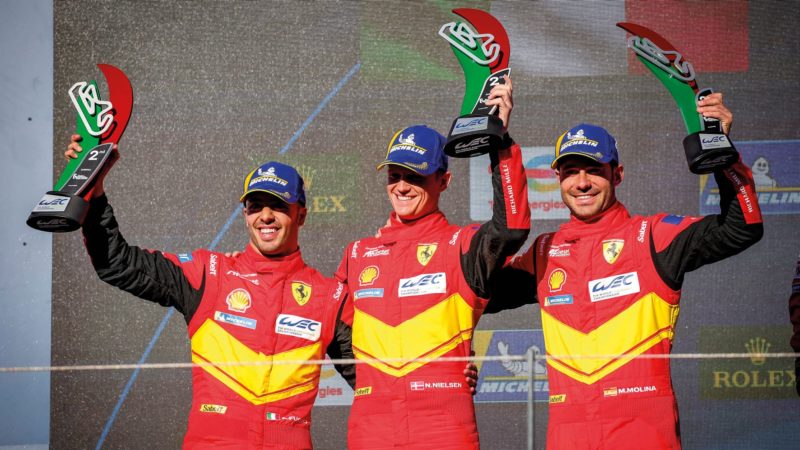
Ferrari drivers Antonio Fuoco, Nicklas Nielsen and Miguel Molina on the Algarve podium
DPPI
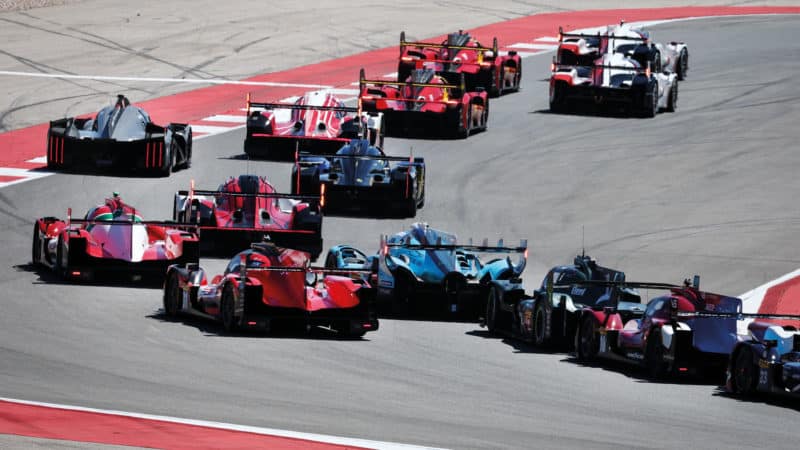
A Hypercar traffic jam at the start of the Portimão 6 Hours with Toyotas and Ferraris leading
Getty IMages
The first two races proved that the 499P is reliable: both cars got to the finish without technical issues at Sebring, while the AF Corse-run team followed up on third place there with second at Algarve. The sister car ended up sixth after encountering problems with its brake-by-wire system.
Porsche had a disappointing return to the top class of the WEC five years on from the end of its programme with the all-conquering 919 Hybrid LMP1. Its 963 LMDh looked all at sea over the Sebring bumps and both Penske-run cars were hit by electronic glitches, albeit minor ones, on the way to fifth and sixth positions, a whopping four laps down.
Progress was made at Algarve: the car claimed the final spot on the podium on the same weekend as its new prototype claimed a maiden victory in the IMSA SportsCar Championship at Long Beach. Both results, however, had a hint of good fortune to them. The 963 wasn’t the fastest car on the US street circuit and in Portugal it wouldn’t have collected some silverware had Toyota and Ferrari got two cars to the finish cleanly, nor if a late safety car hadn’t undone Cadillac’s strategy.
Still, it was, said LMDh project boss Urs Kuratle, “a big step for us”. Porsche has also been at pains to point out that the European arm of Porsche Penske Motorsport is all-new: it only came together in the weeks leading up to Sebring and managed only one test in that time.
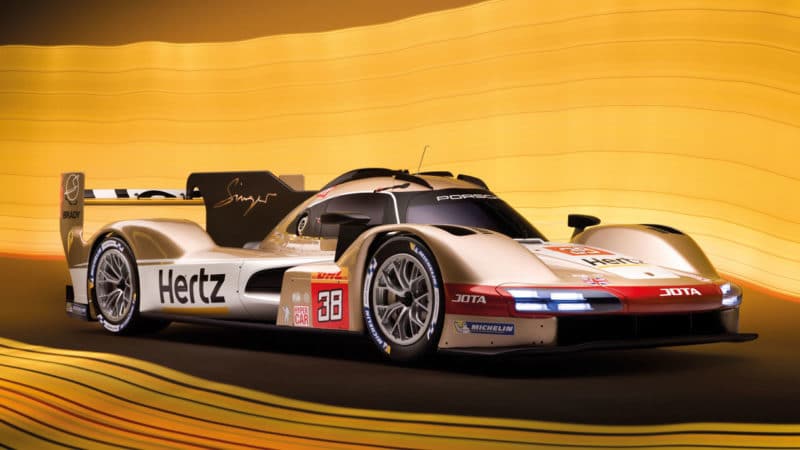
Jota’s 963 will join the three factory Porsches on the Le Mans grid
Jota
Porsche will have numbers on its side at Le Mans. It opted to field an extra entry, one of its IMSA cars, alongside its two full-season WEC contenders. That means there will be four 963s on the grid with the addition of the customer Jota car.
“The history of the race has shown that the additional cars deployed are often the factor that ultimately tips the scales,” said Porsche Motorsport boss Thomas Laudenbach. That’s a clear reference to the third 919, driven by Nico Hülkenberg, Nick Tandy and Earl Bamber, claiming Le Mans victory in 2015.
Cadillac will also have three factory cars on the grid at Le Mans when the Ganassi-run Cadillac Racing and Action Express Racing teams bring over their IMSA V-Series.R LMDhs for the big one to join the former’s solo full-season WEC entry. The General Motors marque might only have had one car pre-Spa, but it has been nipping at the heels of Ferrari. It ran Ferrari close for third in America and should have taken the final podium spot in Portugal. The Ganassi-run Cadillac Racing squad looked impressive at a track that is a kind of home from home for GM (Sebring) and one where the V-Series.R had never tested (Algarve). The strong suit of the Caddy is how it looks after its Michelin tyres.
“Peugeot was on an upward curve after an abject Sebring performance”
Peugeot was also on an upward curve at Algarve, and a steep one at that, after an abject performance at Sebring. Both its cars were hit by gearshift issues inside an hour at the season-opening race, though the problem with the selector mechanism was a known one and a fix already in the pipeline for Algarve.
Next time out, Peugeot had its best race to date with the 9X8 LMH that came on stream after Le Mans last year. Fifth place wasn’t its best result — it garnered three delayed fourths last year – but crucially it got a car to the finish cleanly.
Reliability had been its focus since the end of its three-race pilot programme in the WEC last year, but post-Algarve it was still expressing reservations about its chances of getting one of its wingless 9X8s to the finish at Le Mans without problems.
“We understand the time it will take to make the car bulletproof for Le Mans,” said Olivier Jansonnie, technical director on the 9X8 programme. “We are not there yet, but we have improved from a few months ago.”
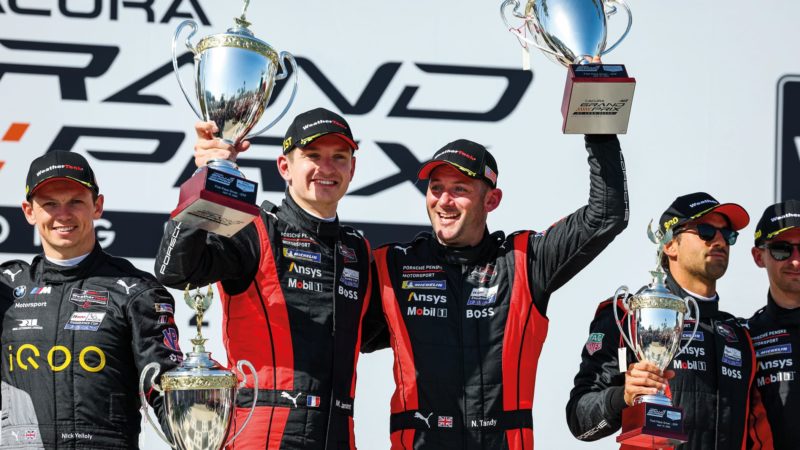
Porsche’s IMSA drivers Mathieu Jaminet and Nick Tandy at Long Beach.
DPPI
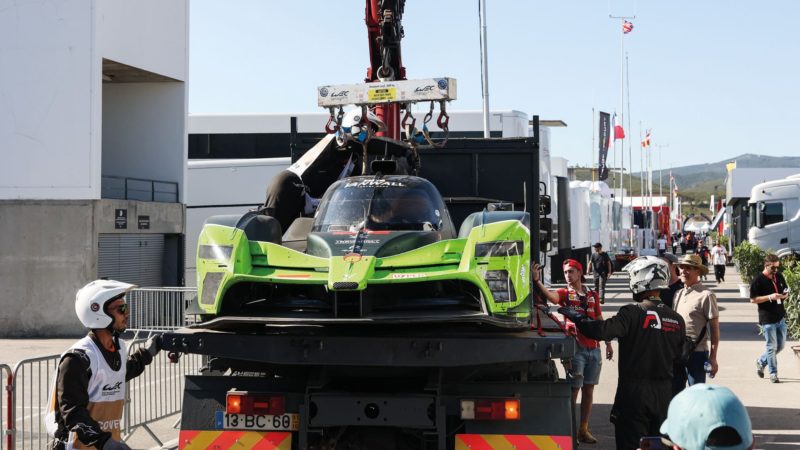
The Vanwall lasted for nearly five hours in Portugal.
DPPI
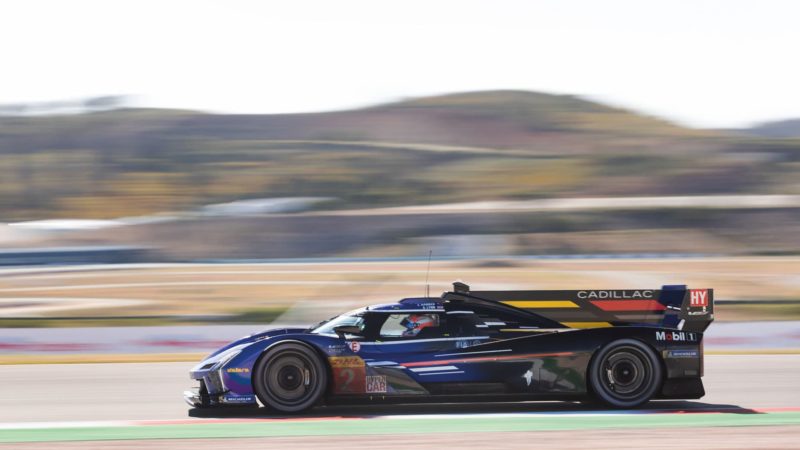
Cadillac at Portimão
DPPI
The same probably goes for the pace of its avant-garde concept. It took a step forward between Sebring and Algarve, but was still a long way from Toyota.
Minnows Glickenhaus and Vanwall, perhaps not surprisingly, were the slowest of the cars in Hypercar at both Sebring and Algarve. Neither circuit favoured the Pipo-engined Glickenhaus 007, which was racing for the first time since July last year at the opening round. The ByKolles-run Vanwall squad, meanwhile, is clearly still learning about its Gibson-engined Vandervell 680, a car that has covered only a fraction of the test mileage of the factory competition.
Toyota is, perhaps not surprisingly, playing down its dominance. Technical director Pascal Vasselon has pointed out that where its GR010 scores is consistency. That goes for its pace over the life of a set of Michelins and what it does in the pits. And, of course, its stops and strategy have been as flawless as expected.
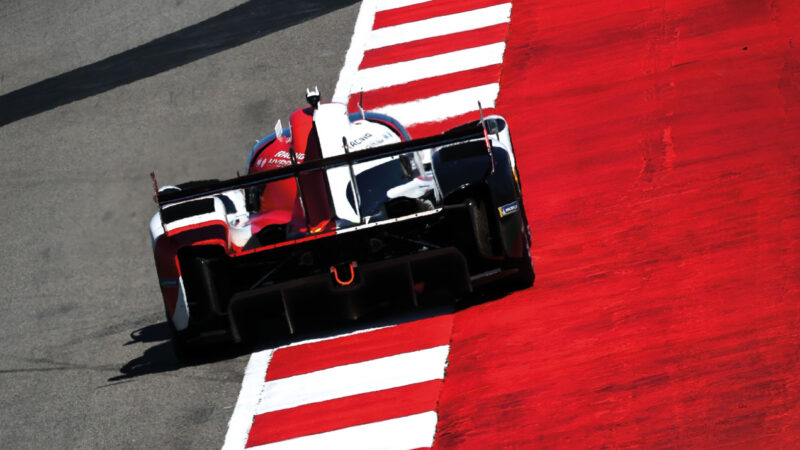
After a blistering start to the 2023 WEC season, Toyota is on track for a sixth successive Le Mans 24 Hours victory
Getty Images
Yet Algarve showed that nothing can be take for granted. One of the two Toyotas was hit by a failure of one of its FIA-mandated driveshaft torque sensors that measure power delivery — a key component of the strictly-controlled Hypercar class. The resulting 11min lost in the pits restricted the car to ninth position.
Vasselon was calling for a change in FIA/ACO procedures when such a failure occurs. The worrying development at Algarve, he argued, turned the race into a lottery.
Toyota knows all about how cruel the Le Mans 24 Hours can be.
